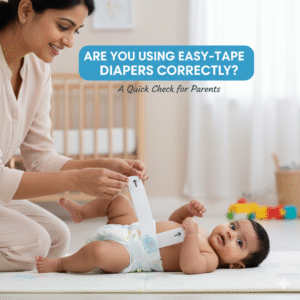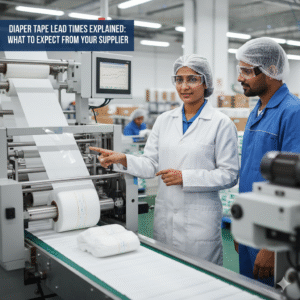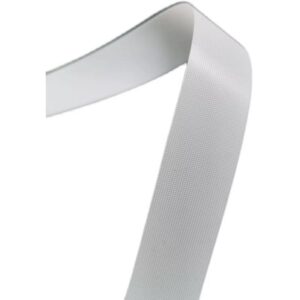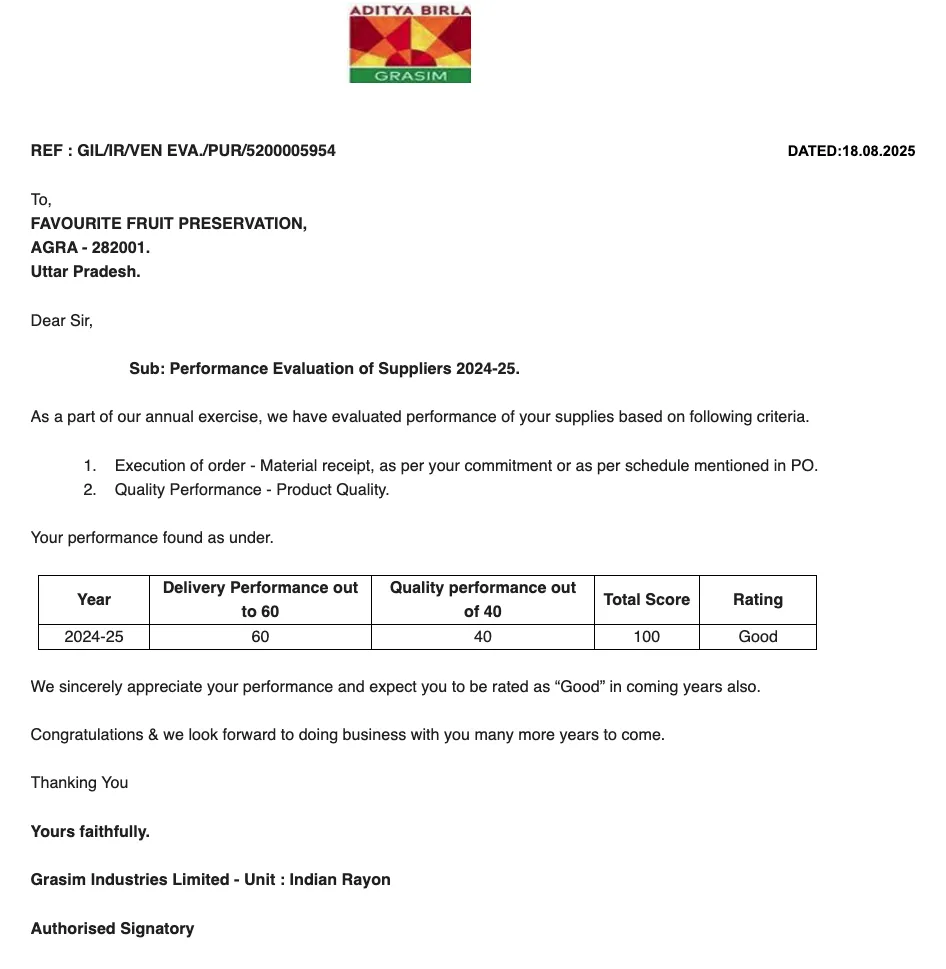When it comes to healthcare, hygiene, and medical applications, the choice of material is critical. The right fabric ensures patient safety, product performance, and cost-effectiveness. Consequently, two of the most popular options are viscose spunlace and cotton. Both are well-known for their softness and absorbency. Nevertheless, they have distinct differences. Understanding these differences is crucial for manufacturers and buyers alike.
This comprehensive guide from Favourite Fab will explore the key properties of viscose spunlace and cotton. We will compare them for their use in various products. We will also show why viscose spunlace often presents a superior alternative.
mailto:sale@favouritehub.com
What is Viscose Spunlace?
Viscose spunlace is a type of nonwoven fabric. It is made by hydroentanglement. This process uses high-pressure water jets. They entangle viscose fibers into a strong, cohesive sheet. The result is a fabric that mimics the feel and drape of traditional textiles. It does this without the need for weaving or knitting. This unique manufacturing process gives it a range of desirable properties. Viscose itself is a regenerated cellulose fiber. It comes from wood pulp. This makes it a sustainable and eco-friendly nonwoven option.
What is Cotton?
Cotton is a natural fiber. It is harvested from the cotton plant. For centuries, it has been a staple in the textile industry. This is due to its natural softness and breathability. Cotton fabric is woven or knitted. It is widely used in clothing, home goods, and medical products. These include medical gauze and surgical sponges.
Viscose Spunlace vs Cotton: A Head-to-Head Comparison
Let’s dive into the specifics. We will compare viscose spunlace vs cotton across several key metrics. This detailed analysis will help you decide which material is best for your specific needs.
Absorbency: Viscose Spunlace Absorbency vs Cotton Absorbency
High absorbency is a non-negotiable trait for medical and hygiene products. This includes wipes and surgical sponges.
- Viscose Spunlace Absorbency: Viscose is highly hydrophilic. This means it has a strong affinity for water. Viscose spunlace fabric absorbs liquids quickly. It also holds them effectively. This makes it an excellent material for applications requiring rapid and high liquid uptake. Think about industrial wipes or disposable towels. They need to absorb spills efficiently.
- Cotton Absorbency: Cotton also has excellent absorbency. This is because it is a natural cellulose fiber. However, its absorbency can be slower than that of viscose. This is because of its natural fiber structure. In many applications, the rapid absorption of nonwoven viscose vs cotton is a significant advantage. This is especially true for medical and surgical needs.
Strength: Viscose Spunlace Strength vs Cotton Fabric Strength
The strength of a material determines its durability. It also dictates its resistance to tearing.
- Viscose Spunlace Strength: The spunlace manufacturing process creates a fabric with very good tensile strength. It resists tearing and linting. Therefore, it is a lint-free spunlace option. This is a critical factor in cleanroom environments and medical settings. They need materials that do not shed fibers.
- Cotton Fabric Strength: Woven or knitted cotton is generally strong. But it can be prone to linting. For delicate tasks, lint-free spunlace is often the preferred choice. The spunlace vs cotton debate on strength often concludes with spunlace having a slight edge. This is especially true in applications where lint-free performance is essential.
Softness and Comfort: Viscose Spunlace Softness vs Cotton Softness
Patient comfort is a key consideration. This is especially true for products that touch the skin.
- Viscose Spunlace Softness: Viscose spunlace is incredibly soft. It has a smooth texture. This makes it ideal for hypoallergenic nonwoven applications. It feels gentle on the skin. This is why it is used in viscose spunlace for wipes and viscose spunlace beauty pads. It provides a luxurious feel without irritation.
- Cotton Softness: Cotton is famous for its natural softness. It feels comfortable against the skin. For many years, it was the go-to material. However, the modern manufacturing of spunlace fabric makes it a very close competitor in terms of softness.
Sustainability and Environmental Impact: Viscose Spunlace Biodegradable vs Cotton Biodegradable
The environmental impact of materials is a growing concern. Companies are looking for sustainable nonwoven and eco-friendly nonwoven options.
- Viscose Spunlace Biodegradable: Viscose is a cellulose fiber. It is biodegradable. This means it breaks down naturally over time. Consequently, it has a lower environmental footprint. This is a major advantage for disposable products.
- Cotton Biodegradable: Cotton is also a natural fiber. It is completely biodegradable. Both materials are excellent choices from a sustainability standpoint. The choice often comes down to other performance factors.
Cost-Effectiveness: Viscose Spunlace Cost vs Cotton Cost per kg
Price plays a significant role in manufacturing decisions.
- Viscose Spunlace Cost: The cost of viscose spunlace can be very competitive. This is because the manufacturing process is efficient. The cost is often lower than that of high-quality cotton. This makes it a great choice for large-volume production of disposable items.
- Cotton Cost per kg: The price of raw cotton can fluctuate. This is because it is a natural commodity. This can impact the overall cost of the final product. In many cases, viscose spunlace offers a more stable and often lower-cost alternative.
Common Applications: When to use Viscose Spunlace vs Cotton Nonwoven
Both materials are versatile. However, their unique properties make them better suited for different applications.
Viscose Spunlace Applications:
- Viscose Spunlace for Wipes: Its high absorbency and softness make it perfect for baby wipes, moist towelettes, and industrial wipes material.
- Viscose Spunlace for Face Masks: It is used as a soft inner layer in face masks. It provides comfort and moisture management.
- Viscose Spunlace for Medical: It is a go-to material for surgical sponge material and medical dressings. This is because of its lint-free nature and high absorbency.
- Disposable Towels Material: It is often used for disposable towels in salons and spas.
Cotton Applications:
- Cotton Wipes: Often used in specialized wipes.
- Cotton Face Mask Material: Used in reusable cloth face masks.
- Cotton Medical Gauze: It is a traditional material for medical gauze.
- Cotton Beauty Pads: These are classic cotton pads for makeup removal.
Related Keywords and Their Relevance
Many people search for comparisons beyond just medical use. Let’s address some of these related queries:
- Viscose spunlace vs cotton shirt: These materials are used for different applications. Spunlace is nonwoven. It is not typically used for clothing like shirts. Cotton is the traditional choice for apparel.
- Viscose spunlace vs cotton price: Viscose spunlace often has a lower and more stable price per kg.
- Viscose spunlace vs cotton fabric: This is a comparison of a nonwoven material versus a woven or knitted fabric. They have different structures and uses.
- Viscose rayon vs cotton which is better: For clothing, this depends on the application. Viscose (also called rayon) drapes well. It feels silky. Cotton is more breathable.
- Viscose vs cotton for summer: Cotton is often preferred for summer. This is because it is very breathable. However, modern viscose fabrics can also be quite breathable.
- Viscose spunlace vs cotton clothing: Again, spunlace is a nonwoven fabric. It is not for clothing. Cotton is the standard.
- Viscose rayon fabric good or bad for summer: It can be good. High-quality viscose fabric is breathable. It is often used in summer dresses and blouses.
- Viscose vs cotton for winter: Viscose can be a good choice for winter. This is because it has good thermal properties. Cotton can feel cold when it gets wet.
The Manufacturing Process: Spunlace vs Cotton
The spunlace manufacturing process is a modern technique. It creates a highly versatile fabric. It begins with carding or wet-laying fibers. Then, high-pressure water jets entangle the fibers. This creates a strong web. This process is highly efficient. It produces a consistent product.
Conversely, cotton is grown and harvested. It is then processed into yarns. Finally, these yarns are woven or knitted into fabric. This is a more labor-intensive and time-consuming process.
Cellulose fibers vs cotton: Viscose is a regenerated cellulose fiber. So, the comparison is essentially a natural fiber vs a modified natural fiber. Both offer excellent properties for different needs.
Why Choose Favourite Fab for Your Nonwoven Needs?
At Favourite Fab, we understand the nuances of nonwoven fabrics. We specialize in producing high-quality viscose spunlace. We also offer other nonwoven fabric types. Our commitment to excellence ensures you get the best product for your application. We are a leading supplier in the industry. We pride ourselves on our creativity and efficiency. We are also committed to sustainability.
Our expertise allows us to provide tailored solutions. Whether you need a specific viscose spunlace properties or help with material selection, we are here to assist.
Frequently Asked Questions (FAQ)
Which is better, cotton or viscose?
The answer depends on the application. For disposable medical and hygiene products, viscose spunlace is often better. This is because it is more cost-effective. It also offers superior lint-free performance and rapid absorbency. For reusable clothing and home textiles, cotton is often the preferred choice.
Is spunlace cotton?
No, spunlace is a manufacturing process. It uses high-pressure water jets to create a nonwoven fabric. This fabric can be made from various fibers. It can be made from viscose, polyester, or a blend of both. While spunlace can be made with cotton fibers, the most common is viscose spunlace.
What are the disadvantages of viscose?
Viscose can be less durable than cotton when wet. It may also shrink if not cared for properly. However, these disadvantages are minimized in nonwoven applications. In those cases, the material is typically used for a single purpose.
Is viscose good for hot weather?
High-quality viscose fabric can be good for hot weather. This is because it is breathable. It also drapes well. It feels cool against the skin. However, cotton is often considered superior for its breathability.
mailto:sale@favouritehub.com
Conclusion
The choice between viscose spunlace vs cotton is a strategic decision. It hinges on the specific needs of your application. Viscose spunlace offers a compelling alternative to cotton. It has rapid absorbency, superior strength, and a high level of softness. Its cost-effectiveness and eco-friendly properties also make it a smart choice.
For manufacturers of hygiene products, medical fabrics, and industrial wipes, viscose spunlace is an ideal material. It provides excellent performance at a competitive price point.
Favourite Fab is your trusted partner for all nonwoven fabric needs. We provide high-quality materials. We also offer unparalleled expertise. We help you make the right choice for your products.
Contact Us
Ready to discuss your material needs?
- Email: sale@favouritehub.com
- WhatsApp: 9528811566
We look forward to helping you achieve your goals with our premium nonwoven fabrics.






































We Do Business On Trust.Our Nonwoven fabric Business is Built on trust. Trust starts with Transparency.
Mr.Ramniwas Garg Founder Of Favourite Group